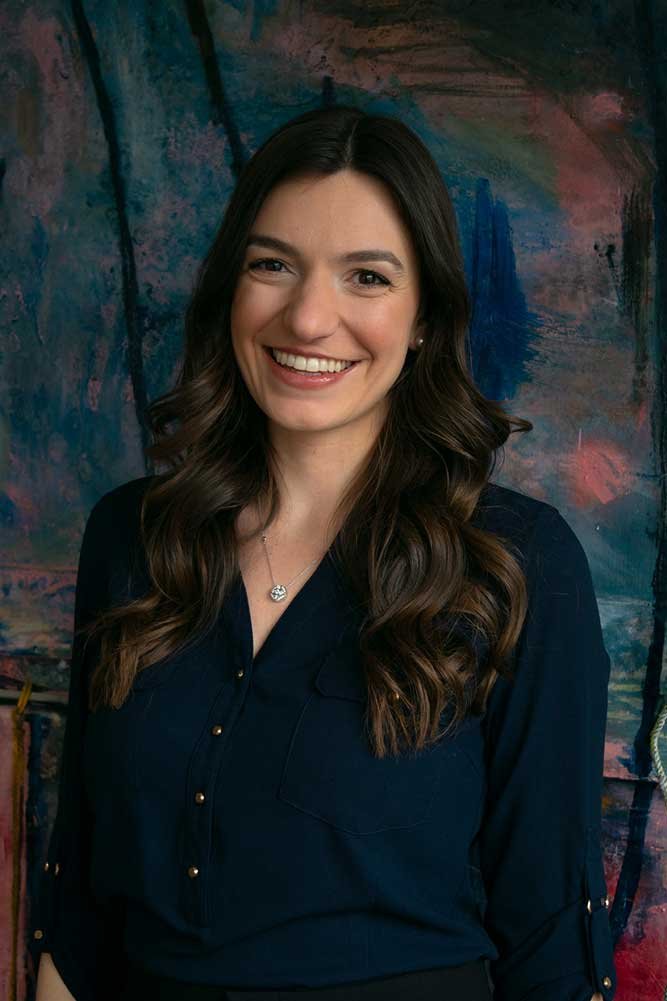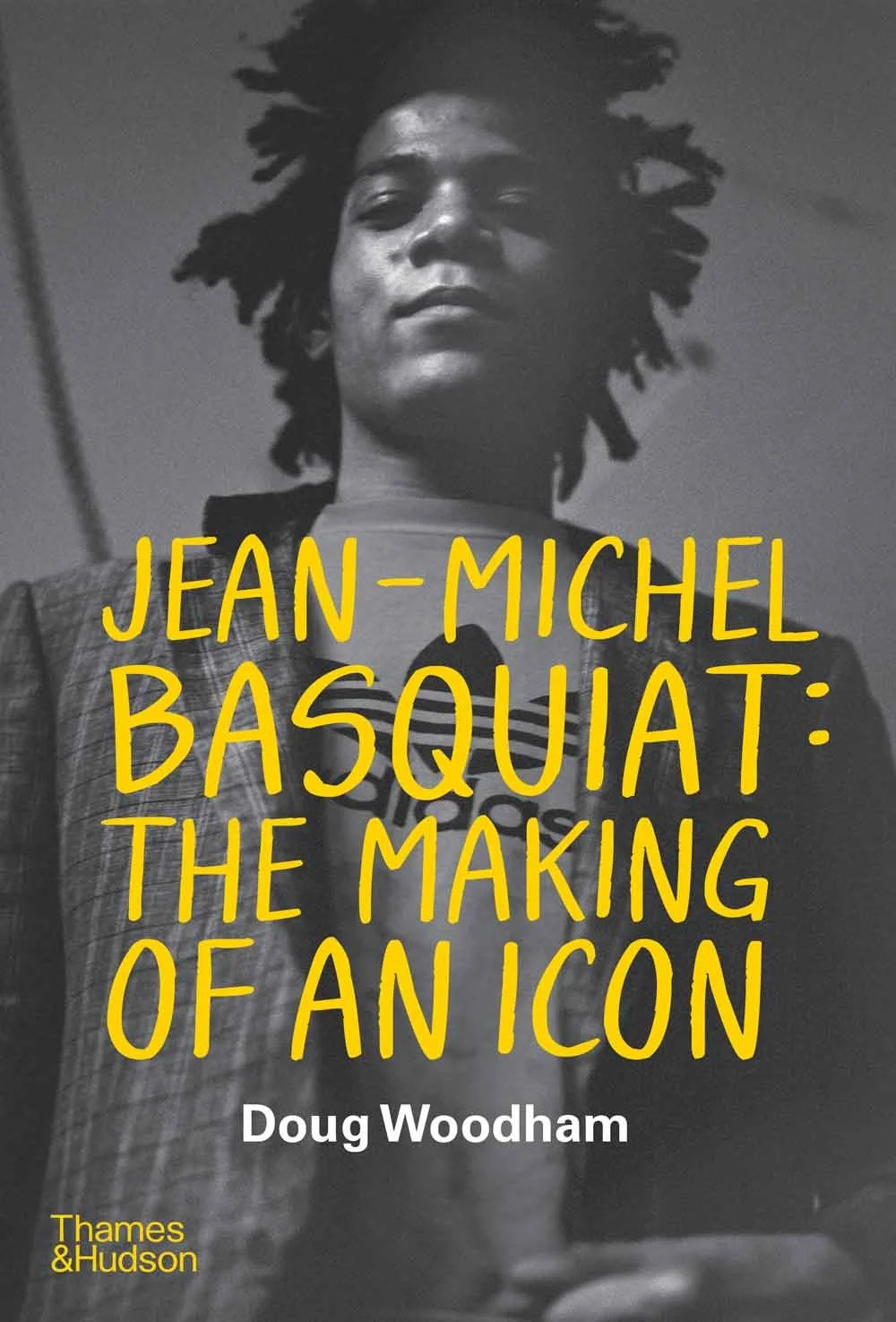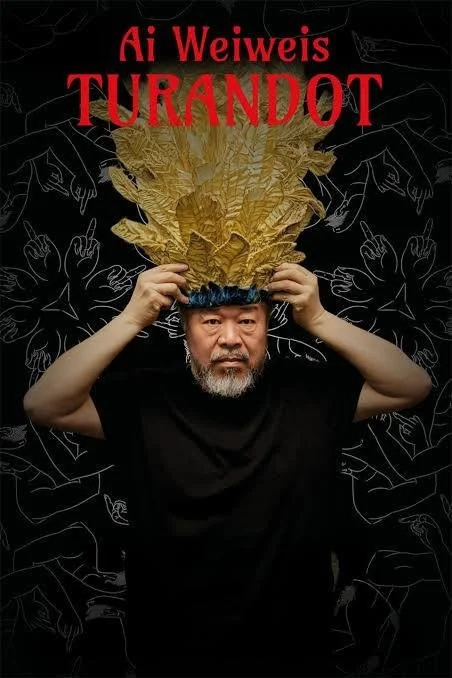Stavroula Coulianidis is a New York City-based independent curator. She is the founder and curator of STAV, a curatorial organization dedicated to exhibiting international emerging and rediscovered artists. Prior to this, she was the Director and Co-Curator of Shin Gallery, New York.
Coulianidis has curated solo exhibitions for artists Renée Estée, Stephen Antonakos, Minnie Evans, Keunmin Lee, Everette Ball, Carla Prina, Gail Goldsmith, Waldemar Zimbelmann, among others. In 2021, she curated the pioneering group exhibition David Drake to Bill Traylor: Where The Oven Bakes & The Pot Biles, where she presented works made by formerly enslaved individuals and self-taught artists David Drake, Joshua Johnson, Bill Traylor, Clementine Hunter, anonymous potters, and doll makers from the 19th and 20th centuries. Coulianidis has lectured at international galleries, private clubs, and universities. Her curations have been reviewed by The New York Times, Hyperallergic, Populist Magazine, and Brooklyn Rail.
Do you remember the moment you first connected with art in a meaningful way? How has that early connection stayed with you over time? When I was child, my mother would give me crayons and paper. I was obsessed with drawing rainbows. From an early age, I loved art. I was ballerina for 17 years as well. I feel my passion for the arts has always been embedded in me. It’s a vital part of my identity.
As an independent curator working across studios, galleries, and your own home, what does a typical workday look like for you? What parts of the process energize you most? Some days I’ll work from home researching artists or creating exhibition proposals. Other days I’m visiting artist studios or checking out new exhibitions. I think taking the time to see what is going on in the art world is important. It provides a fuller perspective and I enjoy discovering new things.
You’re currently working on a range of exhibitions—from Sehnsucht to an upcoming solo show in London during Frieze. What’s been guiding your curatorial choices lately? I’ve co-curated a group show entitled Sehnsucht (Longing) at YveYANG Gallery. Artists include Zoë Buckman, Yves Scherer, Curtis Kulig, Alissa Ritter and Sofie Schnellbach. It’s a poetic exhibition, and the space is incredible. An upcoming exhibition is with multidisciplinary artist Shuyi Cao (b. 1990, China) at Gathering Gallery in London. It will be an immersive experience and the first major solo show of the artist in Europe. During Frieze New York, I’m curating an intimate show in my apartment with Estefania Puerta Grisales (b. 1988, Manizales, Colombia). She is a brilliant talent whose practice is rooted in worldmaking, border crossing, and language failure.
Is there a particular artwork or kind of object that holds personal significance for you—something you return to when you think about why you curate? I’m not sure I have a most important artwork. All art is vastly different and important within their own regard. My taste varies from 19th-century pottery to contemporary painting.
If you had the chance to sit down with one artist from history, who would it be—and what would you want to ask or understand from their perspective? I would love to meet Olga de Amaral (b. 1932, Colombia). She’s been making dynamic textiles for decades, and her body of work is unparalleled. She was underrepresented for so long, and as woman, I feel it would be meaningful to have a conversation about her life and experiences.
You’ve built your career in New York, a city known for its intensity and richness in the arts. What’s something about living and working here that continues to inspire you? A great thing about living in New York City is you have everything at your fingertips. The artists, galleries, private collections, museums, there is so much to see and various opportunities.
What do you think makes a curator’s vision resonate with a wider audience—especially when you’re trying to tell stories that are personal, historical, or complex? I believe you need to have a clear sense of the narrative you want to tell. What do you want viewers to learn? How will you visually take audiences on a journey? Whether an exhibition focuses on a particular era, a societal issue or singular body of work, a good curator should be able to tell a story that all can understand. I did not grow up in the art world, so transparency is important to me.
What is your favourite epoch? The present! I enjoy learning about new artistic practices and creating exhibitions that pertain to contemporary or future narratives.
When collaborating with artists on an exhibition, how do you strike a balance between their creative vision and the broader goals of the institution or space? I try to give artists as much free rein as possible when formulating concepts for an exhibition. With this said, I also guide artists through my own thoughts as to how the show could be best conceived within the curatorial framework, as well as align with the institution’s values. As a curator, you must balance everyone’s ideas while maintaining the artists, institutions, and your own integrity.
Who has influenced your approach to curating? What’s a piece of advice you’d offer to someone just starting out in this field? Artists continually challenge me to develop thought-provoking projects. This is invaluable and has helped advance my professional career. I encourage anyone entering the field to take charge of their ideas and follow their gut. Whether it’s curating shows, working at a gallery or assisting an artist, try and create your own niche. I’ve found great empowerment following my intuition.
AI is changing everything - the way we see the world, creativity, authorship, our ideas of beauty. What role do you see AI playing in the future of curatorial work, and how do you think it will interact with traditional, handmade practices? AI is revolutionizing artists’ practices. I would love to curate an exhibition on artists who are utilizing AI to create physical or video works. I believe human art and handmade creativity will be more intertwined than ever. It is something to be embraced.


















































































